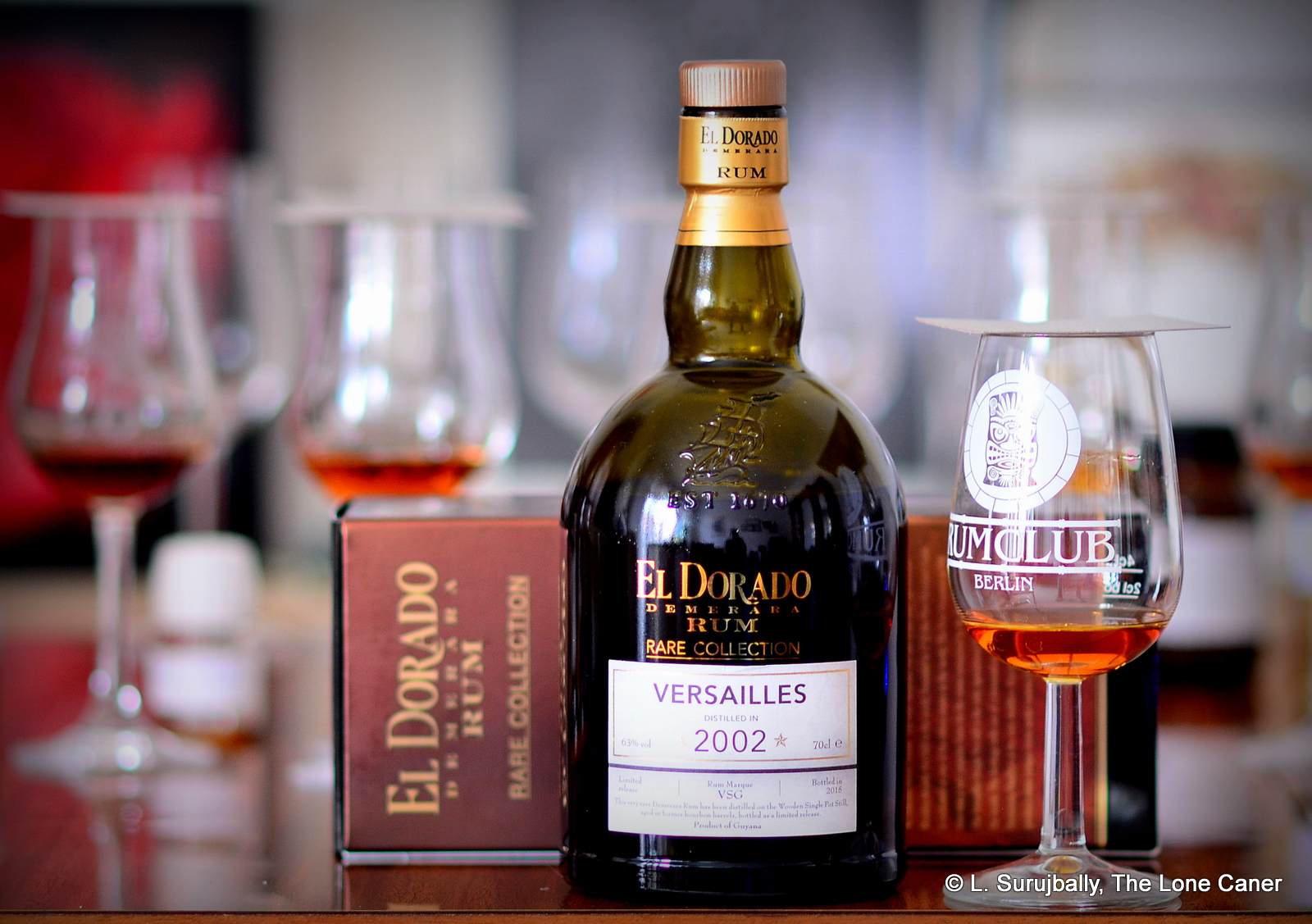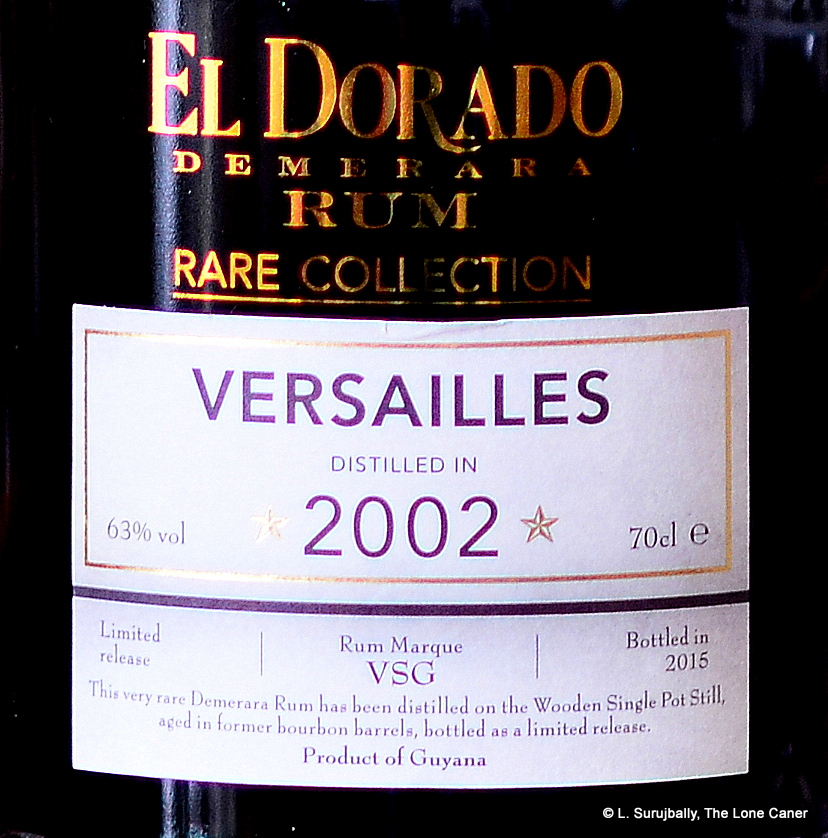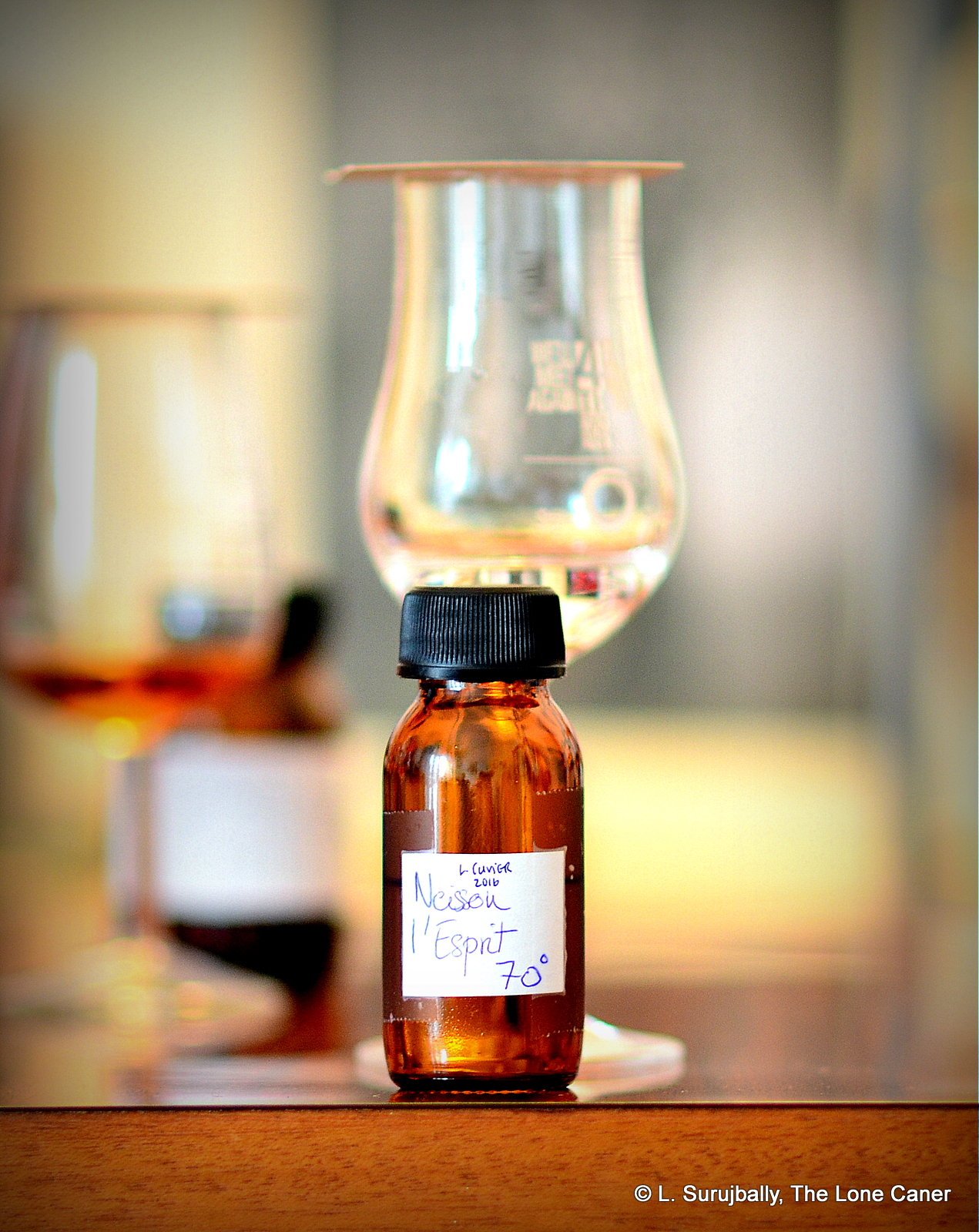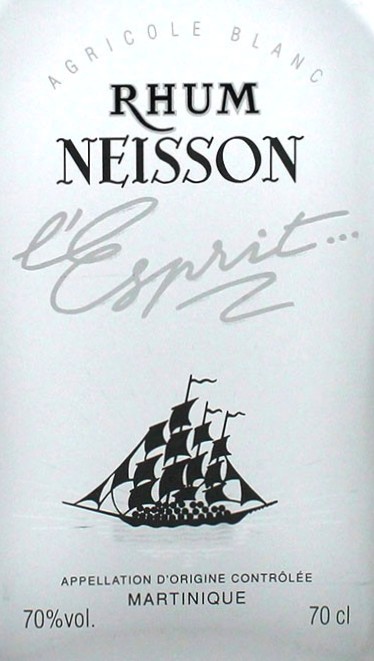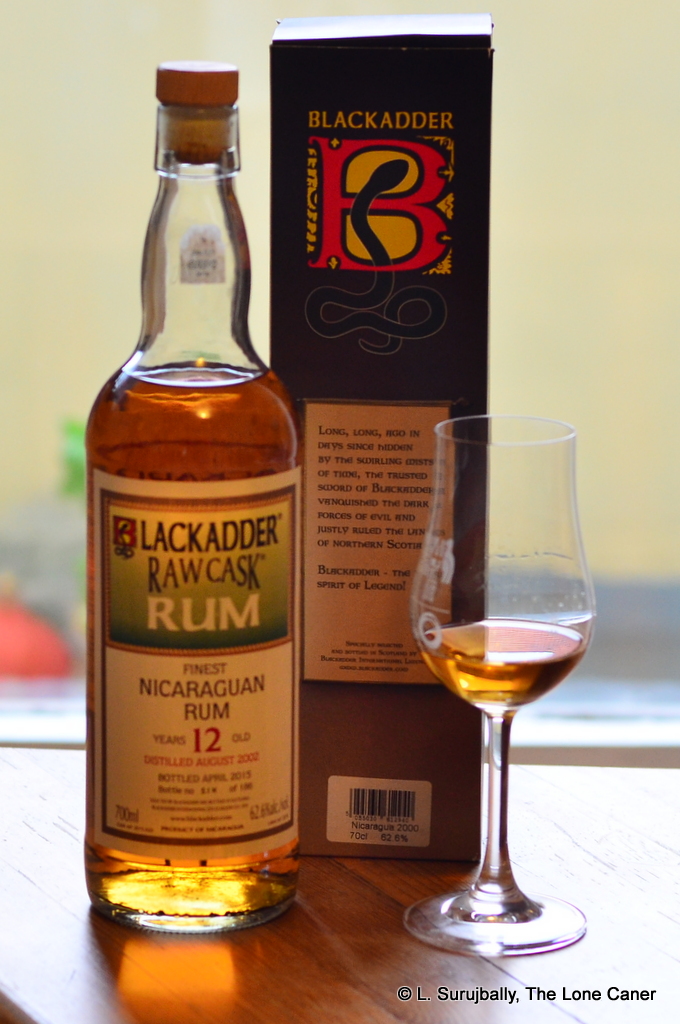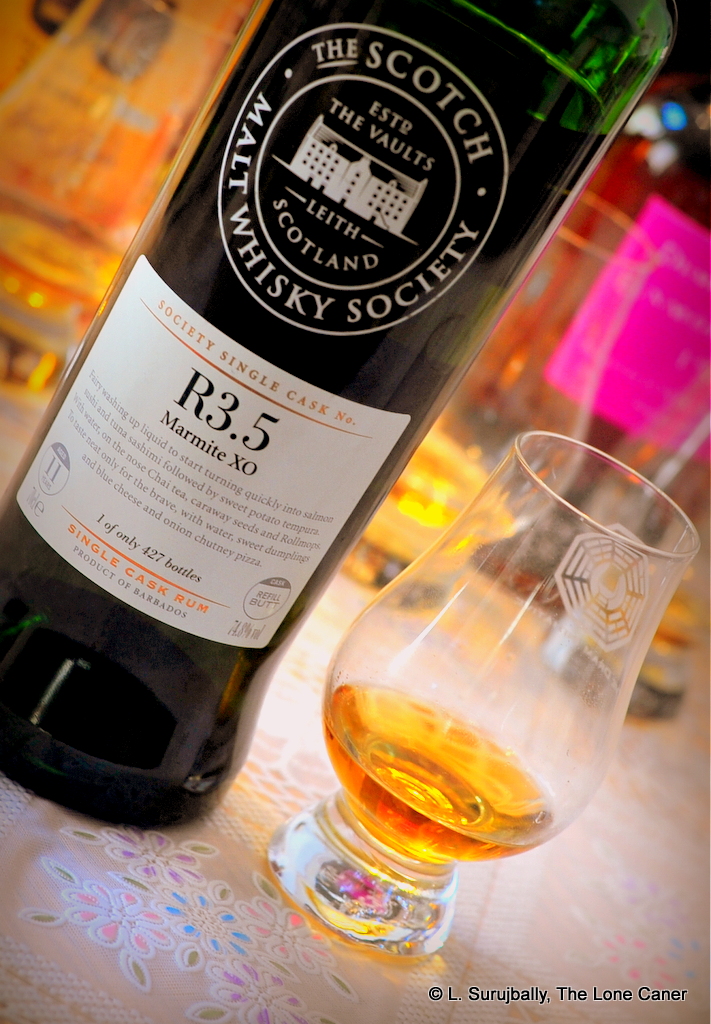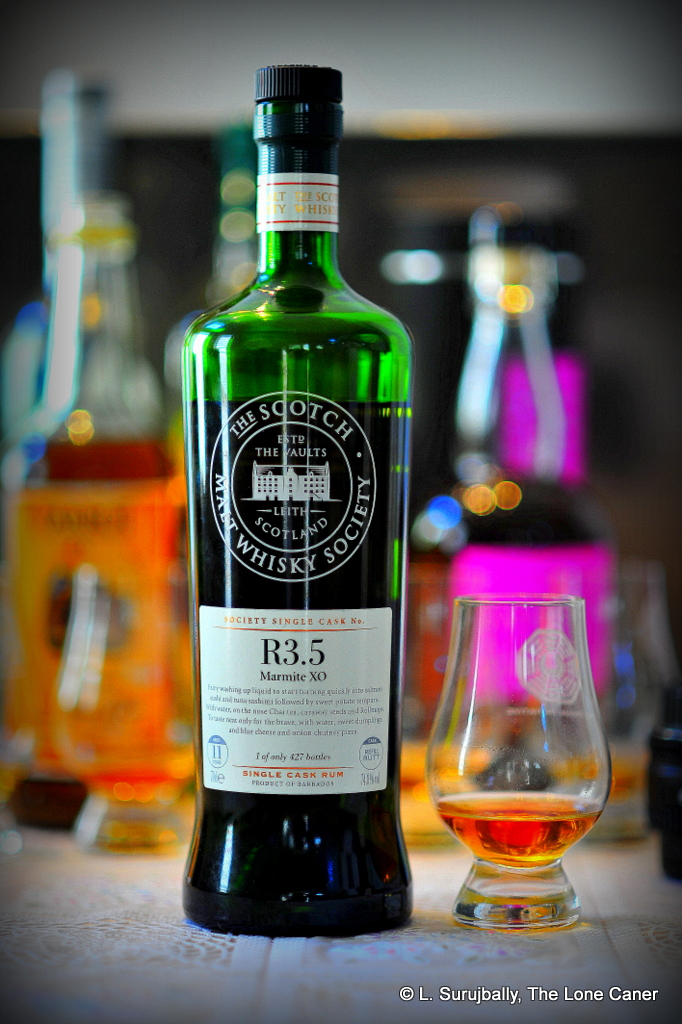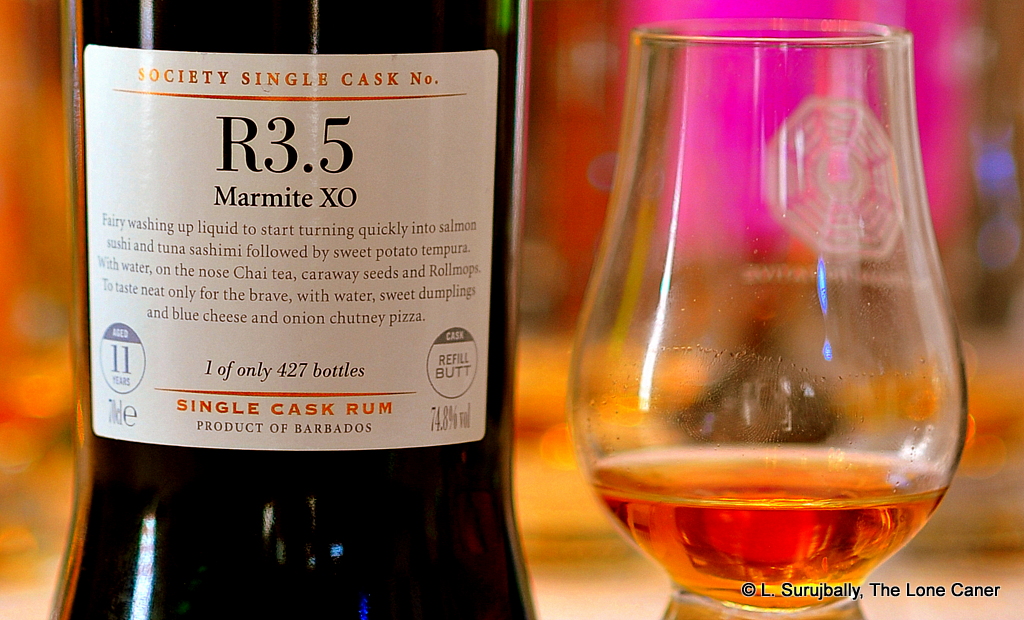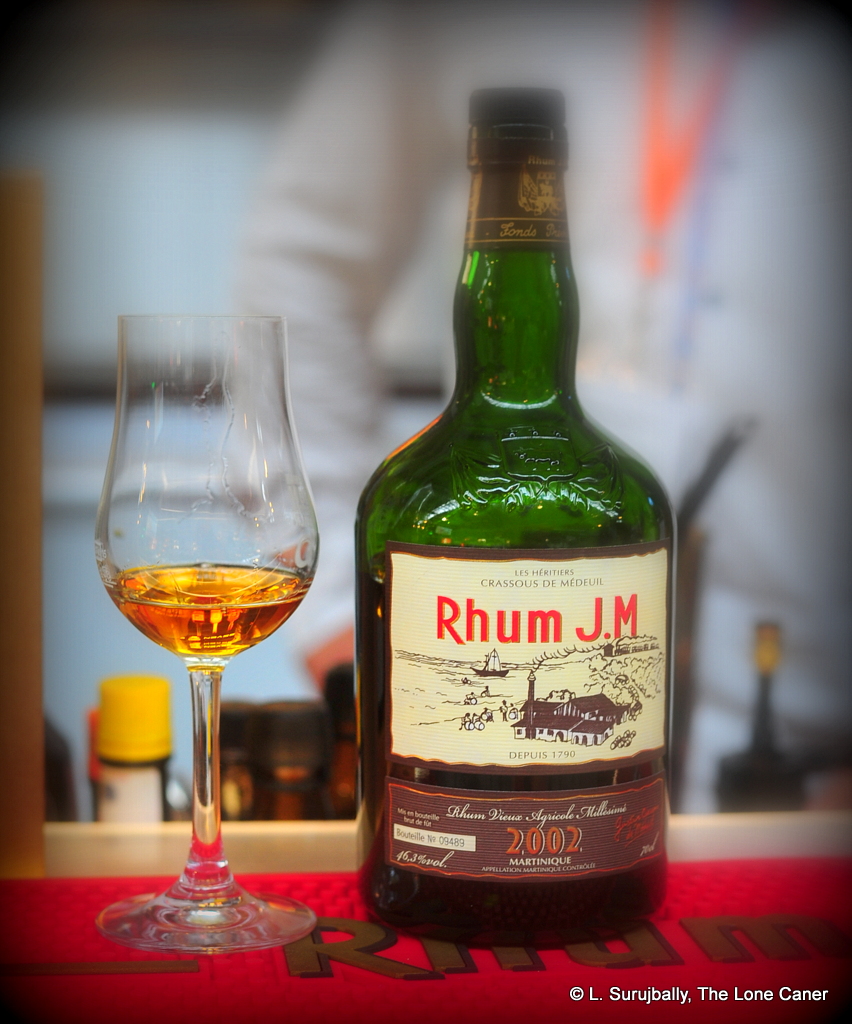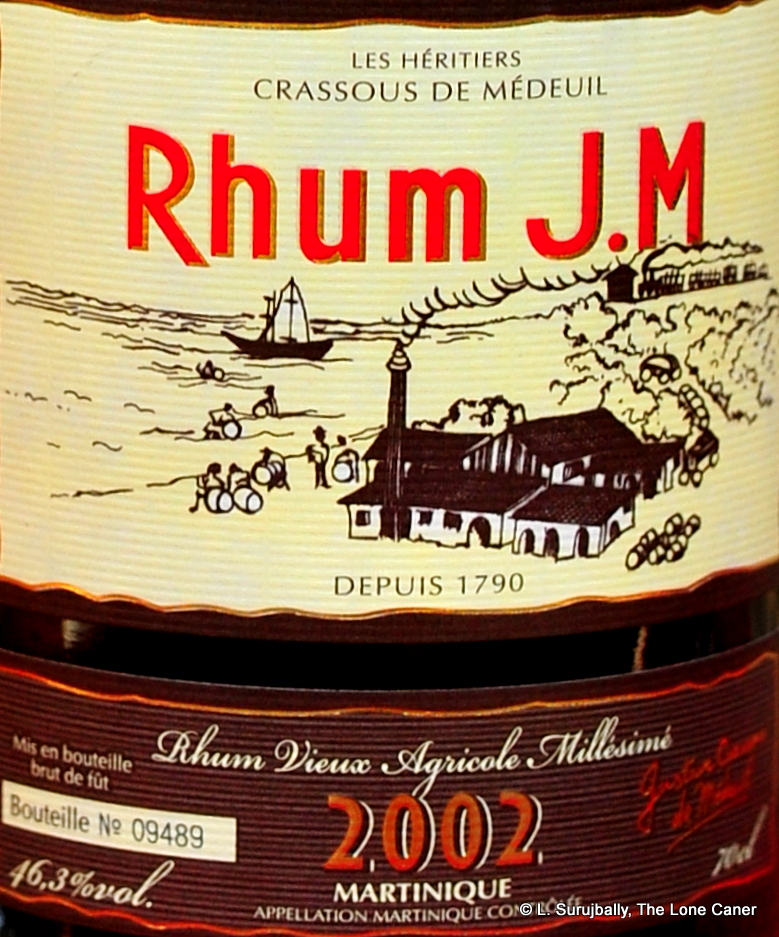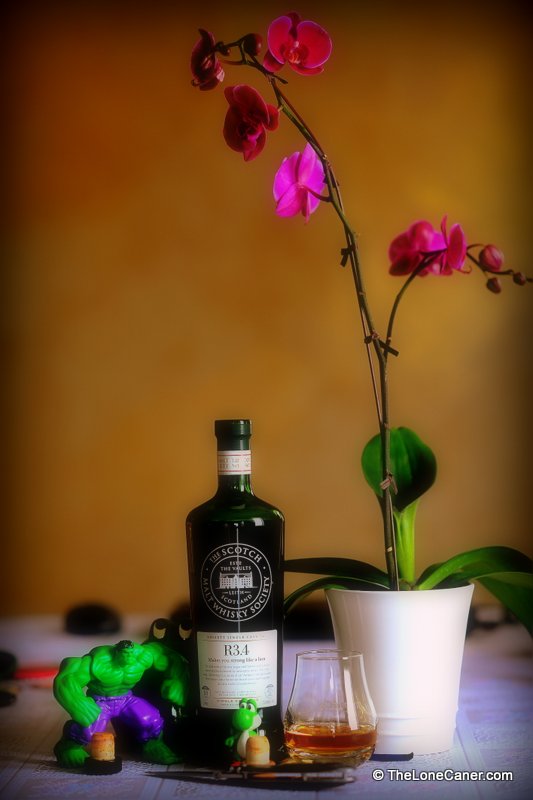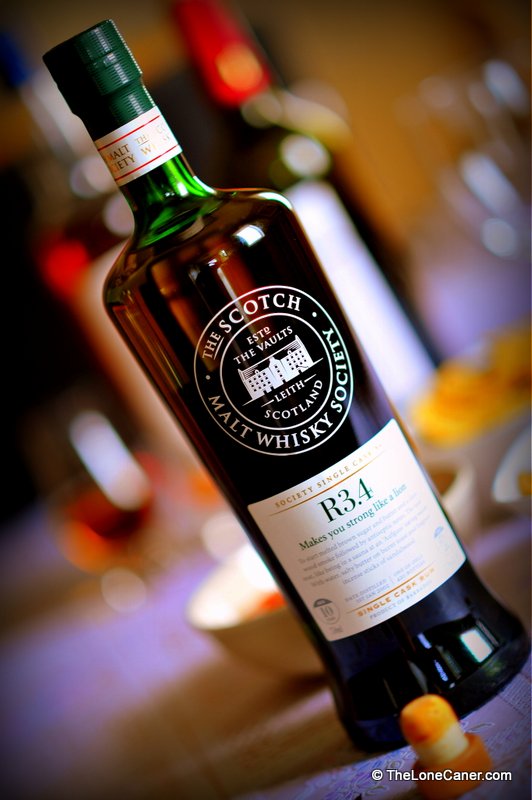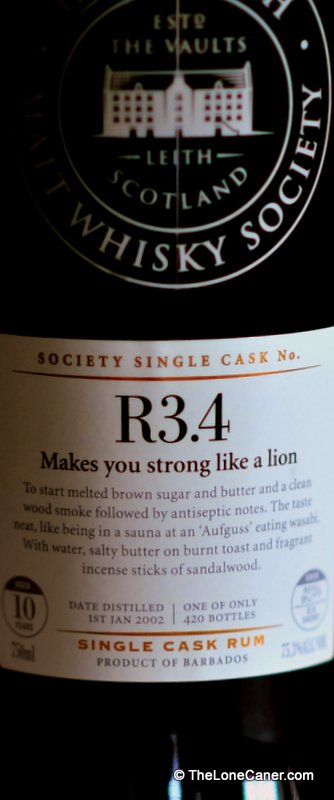Anyone on the worldwide festival circuit over the last few years knows about the crew that reps the new independent bottler out of Poland called Colours of Rum. Their eye catching shirts matching their brightly labelled rums, the rums themselves, the enthusiasm of Magde Reszke and Dominic Rudnicki (among others) when they talk and strut their stuff…well, it’s not hard to stop by and just hang out for a bit, see what they are selling and check if anything is squirrelled away under the table that might conceivably be shared. It just goes to show how much a good brand ambassador can make a huge difference in the perception of the rum she (or he) is promoting. The way they operate, it’s like they enjoy what they do immensely, an attitude which keeps me coming back to their booth, every time…and that’s priceless.
That said, I don’t want to distract from the fact that when you really get down to it, CoR is not really different from any other good independent bottler. To be sure, they chose cannily and well with their selections, and thus far they have not gone too far into the bushes, and simply concentrated on a few countries’ rums — they always release single casks — which they know are popular and will move: Jamaica and Barbados have the most, and there are also rums from Guyana, Trinidad, Fiji, and Guadeloupe. More are likely to join the stable in the future, and of late they have dipped their toes into blends and finished rums as well.
Let’s narrow our focus, though: the rum we are looking at today is a Barbados rum from Foursquare, from 2002 – and once that date clicks and you realise it’s a single cask and pot still, well, you just know it’s from the same batch of twelve barrels (out of an original twenty) of pot still distillate which Richard Seale sold to Main Rum back in 2002. Other fortunate bottlers of this rare batch of Foursquares (and I like to imagine that vendettas ensued and carpets ran rust-red in Scheer’s offices when the knives came out in the bidding war) include USA’s Holmes Cay, Royal Cane (a brand of Infinity Spirits from Amsterdam), and Nico on FB told me that the SMWS, Silver Seal, Kintra, Ultimatum and L’Esprit all issued single cask expressions from the set. Who snagged the other barrels remains unknown; perhaps we’ll be lucky enough to see them get issued in years to come, though my wallet trembles at the potential cost.
Anyway, what else? Pot still as noted, 49% ABV, 208 bottle outturn. Issued in 2022, so 20 years old, ex bourbon barrels. And that’s about all we get and all we know.
The only other rum from this background which I’ve tried is of course the Holmes Cay expression, and I liked that a lot: it was superb. This one has its differences. Here the nose opens with flowers, sweet bubble gum, candy floss, salt, olive oil, lychees, slightly sweet-sour mangoes. Ginnip, licorice, damp sawdust, cucumbers in vinegar. Noses almost delicately, hardly like a deep and heavy overproofed pot still badass at all. There are light touches of molasses, cinnamon and cardamom, but seemingly restrained from showing off the full panoply of their potential.
As for the palate, well, no surprise, it’s lovely, presenting a crisp, clear, clean, sweet, deep profile from start to finish. Anise, red licorice, leather, smoke, salt, olives, plastic, vanilla, plus candy floss again, and that’s in the first five minutes. Once it opens up, you can sense strong black tea with evaporated milk, and some tart, fruity and somewhat sharp notes – and yet the whole time, the rum remains rather delicate. Other tastes that come and go across the stage are florals, light red pepper notes, cardamom and cedarwood and allspice, moving quietly and without haste to a slow and languorous finish that’s lightly fruity, has some spices, and a few musky notes of anise, cedar, molasses and well cured leather.
The Colours of Rum selection of the same distiller’s distillate suggests a quality similarly at the tope end, compared to those I tasted already. That’s certainly true here – the rum is excellent – but it’s remarkably different. In fact, were I to taste it blind I’d be hard pressed to say (or believe) that this is a kissing cousin of Holmes Cay, and I remember that one very well indeed. To some extent it’s in the same ball park, though this is a couple of points less strong, and the spices in the nose ands palate were somewhat less in evidence.
But with all that, it remains a terrific rum on its own terms, and if the aromas and tastes are a little different, well, so was the barrel, and maybe there were all sorts of other minor variations when it was laid to rest that magnified over the two decades of ageing. On its own terms and without any comparisons, this stands as a testament to Colours’ ability pick a barrel, Foursquare’s pot still chops (should they chose to go further with them), and our own good fortune in being able to try them both.
(#1089)(89/100) ⭐⭐⭐⭐
Other notes
- Video recap is here.
- Although initially they wanted to use the same colours for the same rums from the same countries, this “system” never took root and was abandoned early on; so there is no colour scheme to the labels. They’re just bright colours that stand out.
- Holmes Cay 20 YO goes for US$350.00, last I checked. This one on the Colours of Rum website sells for €195.00. Maciej Kossowski, one of the founders, told me that it was the 3-tier system that was to blame, with multiple parties involved, all with sticky fingers and markups. He doesn’t sell there (too hard a nut to crack for too little gain) but would do what he could to get bottles shipped for individuals if the interest was expressed.
Company bio
The Colours of Rum brand is not the first foray into spirts made by Wealth Solutions, the Polish company founded in 2007 by Masiej Kossowski and his colleague Michal Kowalski. They both hailed from the financial sector, but (possibly as a result of their investment activities and knowledge) they created Wealth Solutions to concentrate on the alcohol market, specifically the investment side of things – not production – and began their work with Bordeaux wines.
Things got interesting in 2012 when they started to go more seriously into distilled spirits: whisky and cognac for the most part, at the top end of the market, and instead of always and only buying and selling, they began bottling their own (for the detail oriented, this included a Karuizawa 1964 48YO, Glenfarclas 1953 58YO, and a trio of Glen Grants 65, 66 and 67 years old). The aha! moment for rum came when Michal Kowalski met with Richard Seale of Foursquare in 2019 and Richard agreed to bottle a “Private Cask Selection” edition of 600 bottles for Wealth Solutions (it was a 12YO), and it sold out so fast that the two founders sensed an untapped market to work with.
This led to the founding of Colours towards the end of 2021 as an independent brand, with the usual concept of bottling single cask rums from different regions. Although initially the idea was to use a colour per country — from the flags of major and well known rum producing nations — there just weren’t enough colours, they soon ran out, and the company switched to just using the colours to make the labels simple and informative.
As of 2024, CoR has bottled 63 expressions, mainly from Barbados, Guyana and Jamaica. The staff of the company have travelled a lot to bring themselves up to speed on the distilleries and to learn about productions techniques. Of late they gained the ability to buy directly from distilleries instead of just through brokers, and that opened new possibilities: for example, in 2024 they launched a series of Hampden DOK expressions aged nine months in various casks (Madeira, Oloroso, PX) and those sold out quickly.
The company markets itself online quite extensively, and is helped by their two best known brand ambassadors — Magda Reszke and Dominik Rudnicki — who also have strong social media profiles, and are, as I noted, very likeable and outgoing people in their own right. So well received has the brand been at various festivals around the world, that a few dedicated bottlings for such expos have been issued: one for Rum Love in Wrocław, another for German Rum Festival
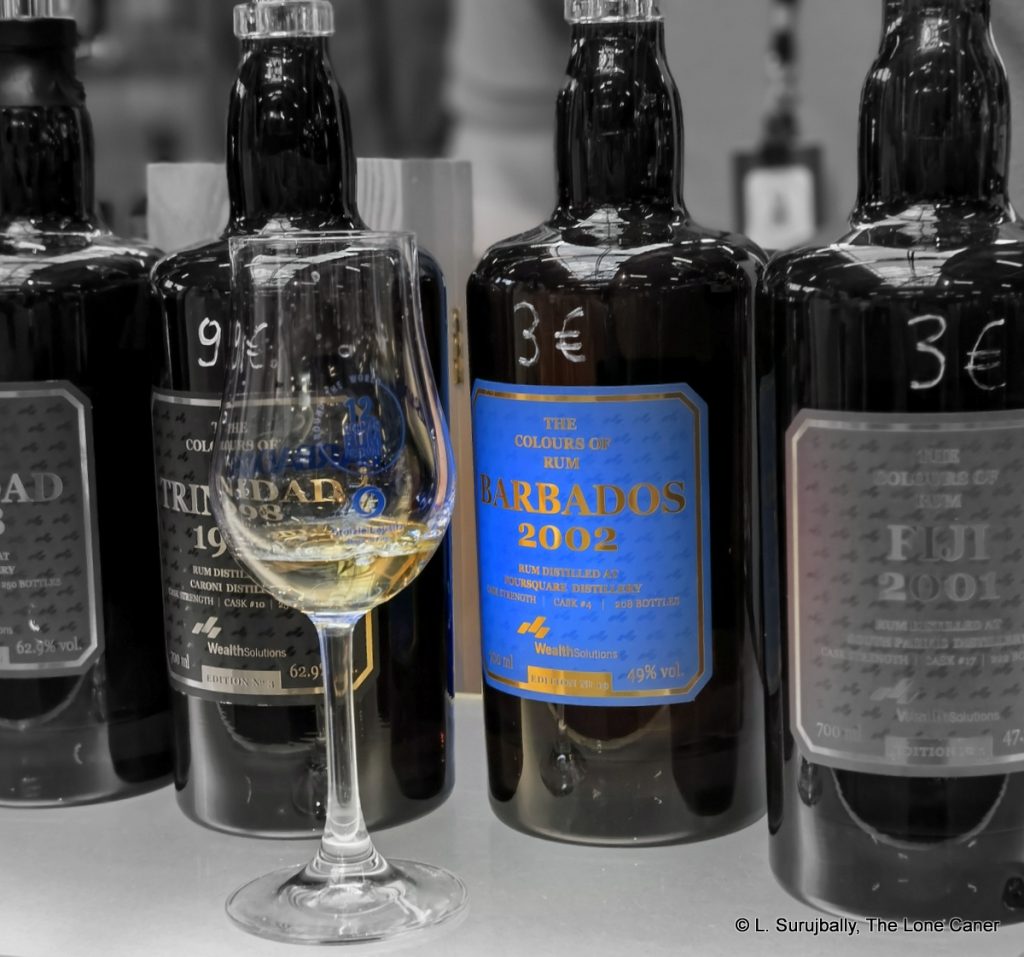
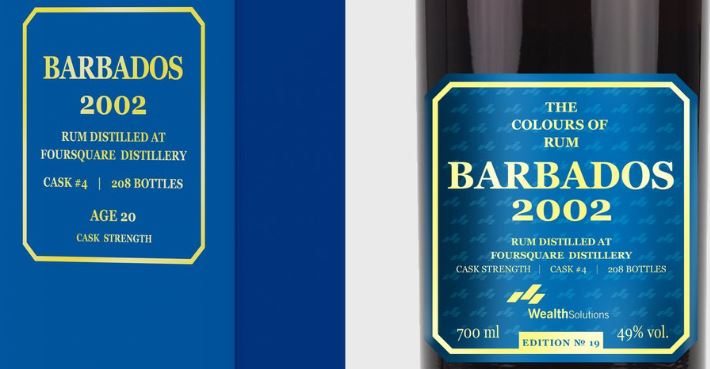
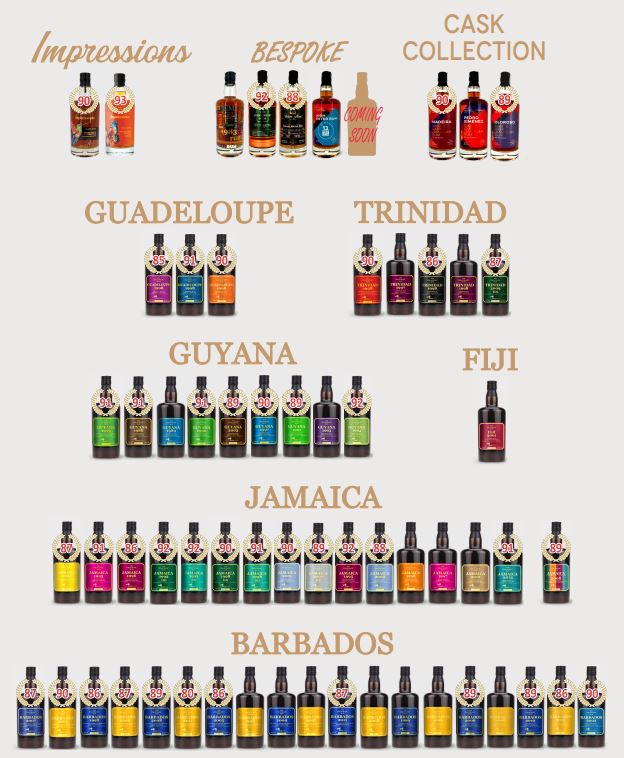
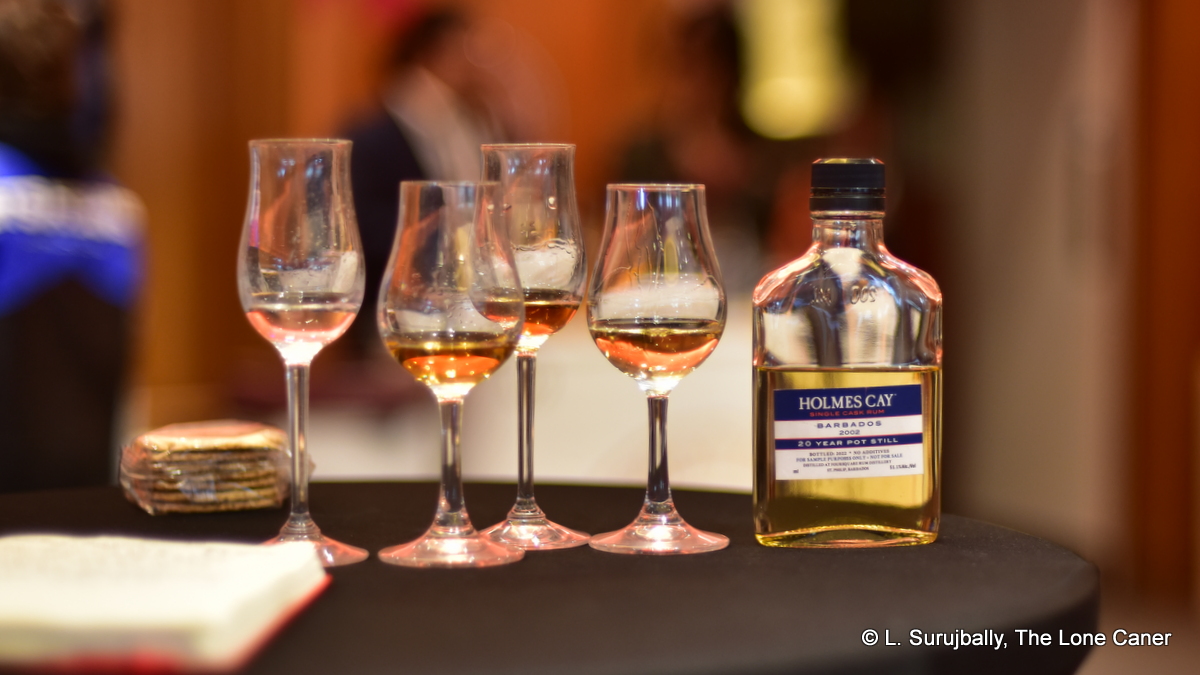
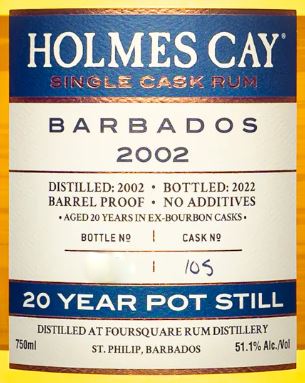
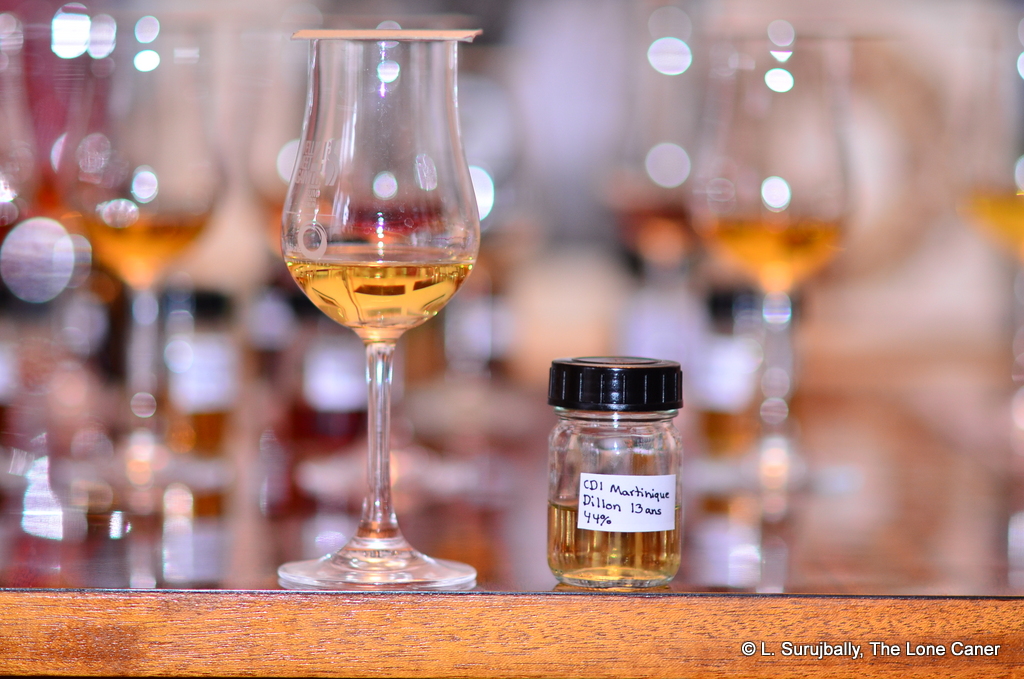
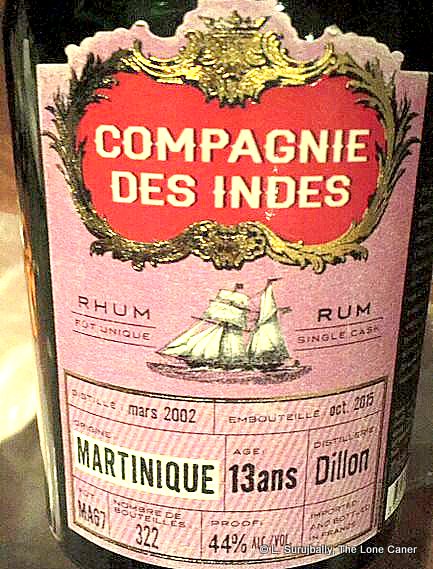 Whatever the case, I must advise you that if you like agricoles at all, those smaller names and lesser known establishments like Dillon should be on your radar. Not all of the rhums they make are double-digit aged, so those that are, even if farmed out to a third party, are even more worth looking at. Just smell this one, for example: it’s a fruitarian’s wet dream. In fact, the aroma almost strikes me like a very good Riesling mixing it up with a 7-up, if you could conceive of such an unlikely pairing. Lighter than the
Whatever the case, I must advise you that if you like agricoles at all, those smaller names and lesser known establishments like Dillon should be on your radar. Not all of the rhums they make are double-digit aged, so those that are, even if farmed out to a third party, are even more worth looking at. Just smell this one, for example: it’s a fruitarian’s wet dream. In fact, the aroma almost strikes me like a very good Riesling mixing it up with a 7-up, if you could conceive of such an unlikely pairing. Lighter than the 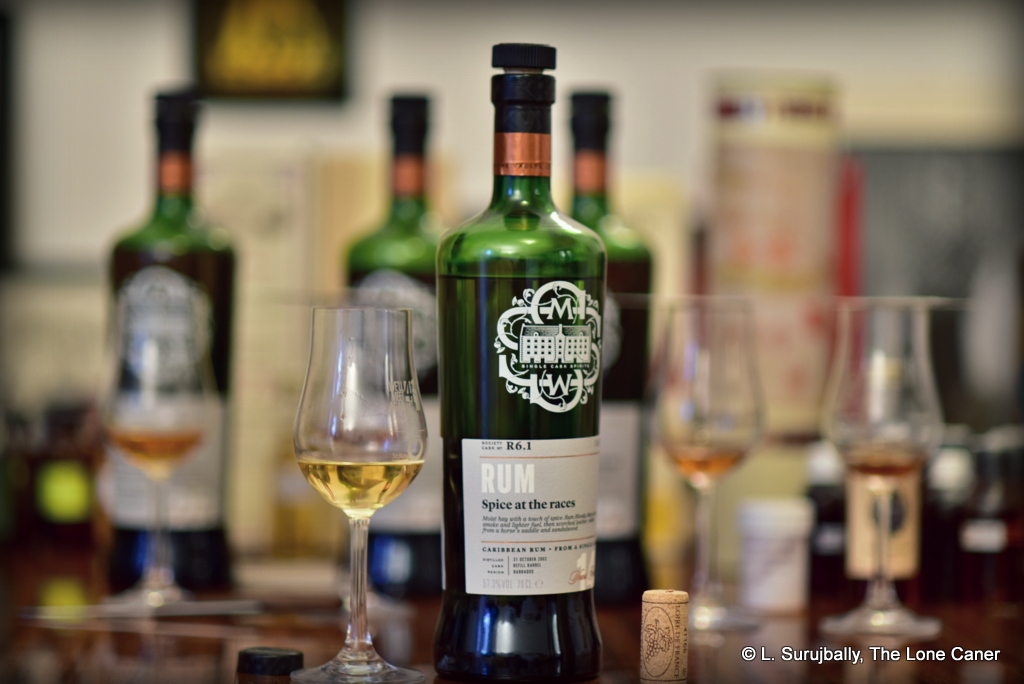
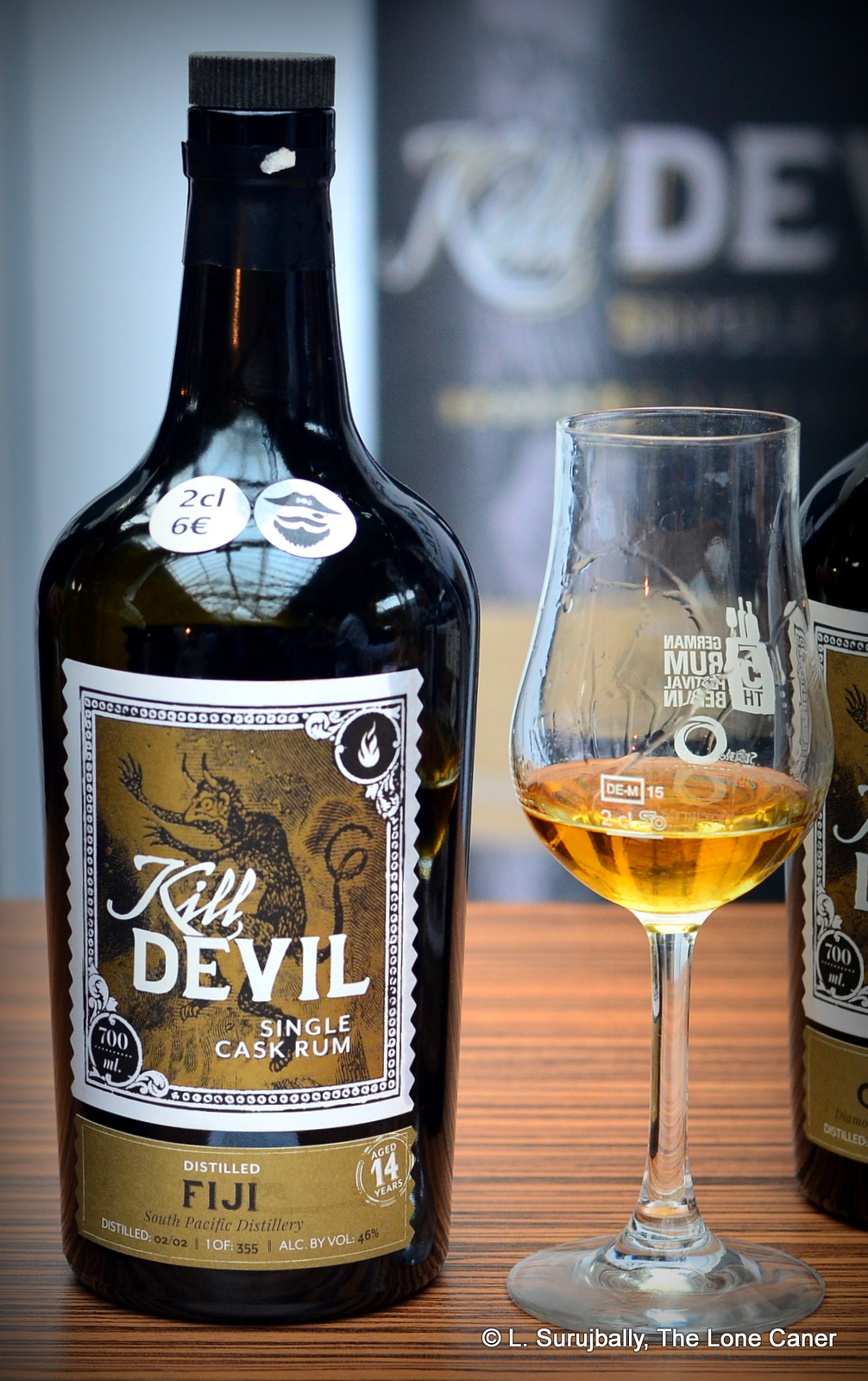 Kill Devil is the rum brand of the whiskey blender Hunter Laing, who’ve been around since 1949 when Frederick Laing founded a whisky blending company in Glasgow. In 2013 the company created an umbrella organization called Hunter Laing & Co, into which they folded all their various companies (like Edition Spirits and the Premier Bonding bottling company). The first rums they released to the market – with all the now-standard provisos like being unadulterated, unfiltered and 46% – arrived for consumers in 2016, which meant that this rum from the South Pacific Distillery on Fiji, was issued as part of their first batch (oddly, their own website provides no listing of their rums at all aside from boilerplate blurbs). When the time came for me to decide what to sample, the
Kill Devil is the rum brand of the whiskey blender Hunter Laing, who’ve been around since 1949 when Frederick Laing founded a whisky blending company in Glasgow. In 2013 the company created an umbrella organization called Hunter Laing & Co, into which they folded all their various companies (like Edition Spirits and the Premier Bonding bottling company). The first rums they released to the market – with all the now-standard provisos like being unadulterated, unfiltered and 46% – arrived for consumers in 2016, which meant that this rum from the South Pacific Distillery on Fiji, was issued as part of their first batch (oddly, their own website provides no listing of their rums at all aside from boilerplate blurbs). When the time came for me to decide what to sample, the 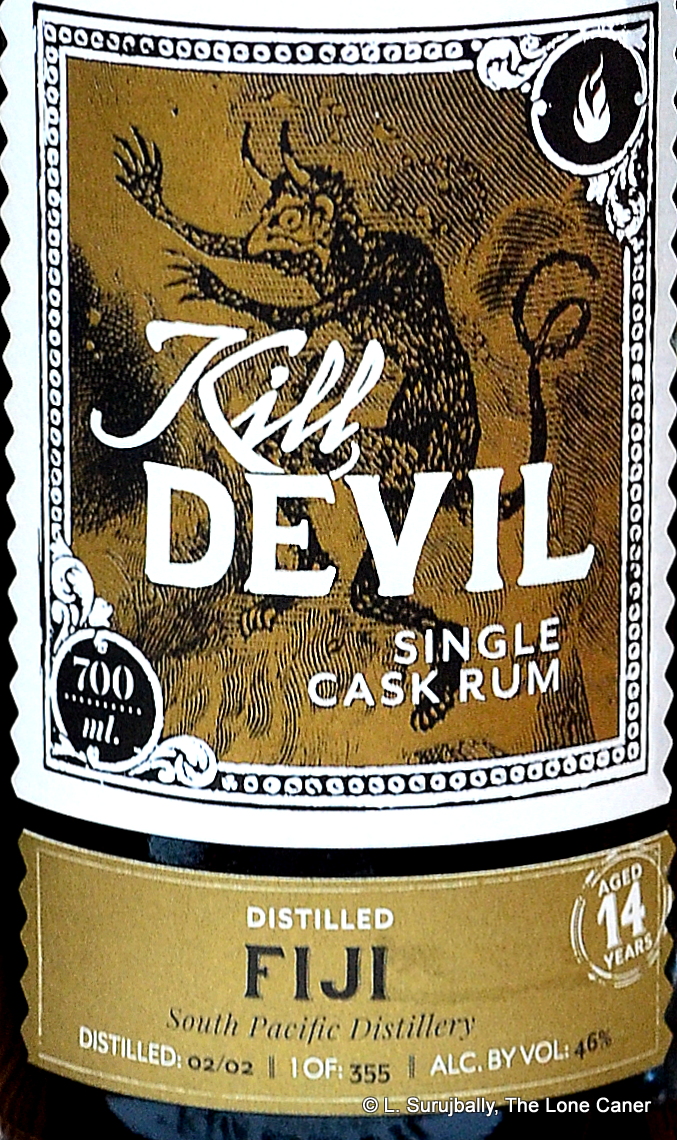 On the palate the fruits started to take over, tart and a unripe, like ginnips and soursop together with ripe mangoes, pineapple and cherries in syrup right out of a can – there was hardly any of the brininess from the nose carrying over, and as it developed, additional hints of pears, watermelon, honey, and pickled gherkins were clearly noticeable. It was warm and crisp at the same time, quite nice, and while the long and heated finish added nothing new to the whole experience, it didn’t lose any of the flavours either; and I was left thinking that while different from other Fijians for sure, it seemed to be channelling a sly note of Jamaican funk throughout, and that was far from unpleasant….though perhaps a bit at odds with the whole profile.
On the palate the fruits started to take over, tart and a unripe, like ginnips and soursop together with ripe mangoes, pineapple and cherries in syrup right out of a can – there was hardly any of the brininess from the nose carrying over, and as it developed, additional hints of pears, watermelon, honey, and pickled gherkins were clearly noticeable. It was warm and crisp at the same time, quite nice, and while the long and heated finish added nothing new to the whole experience, it didn’t lose any of the flavours either; and I was left thinking that while different from other Fijians for sure, it seemed to be channelling a sly note of Jamaican funk throughout, and that was far from unpleasant….though perhaps a bit at odds with the whole profile.